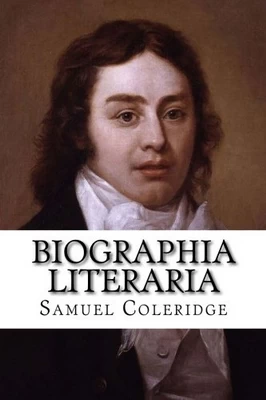Biographia Literaria by Samuel Taylor Coleridge is one of the world’s most significant treatises on the nature of poetry and the poet. Coleridge gave the Romantic movement its philosophy in his greatest prose work, The Biographia Literaria. This book, which is a combination of autobiography, literary criticism and philosophy, contains some basic ideas on the superiority of the imagination to mere logic. It also contains an extended criticism of Wordsworth’s poetry, its short-comings, its too frequent prosiness. Biographia Literaria includes some valuable considerations of the philosophy of Kant, Fichte and Schelling as well.
The most important of Coleridge‘s contributions lies in his theory of the Imagination. He dismisses Fancy as the mere shuffling of sense data and memory by talent. He distinguishes between primary imagination and secondary imagination. The secondary imagination is the creative gift possessed by poetic genius. From the Greek, Coleridge coins the word ‘esemplastic’ to refer to this imagination which can balance or reconcile the apparent opposites in experience.
The Biographia Literaria produces a critical basis for the Romantic imagination. The first sixteen chapters of the book are devoted to philosophising. Then he discusses the merits and defects of Wordsworth‘s theory of poetry particularly his idea of subjects of poetry and the language of poetry. He criticised Wordsworth‘s view that metre is superseded to poetry. According to him, metre is integral to poetry. Coleridge was concerned with theoretical criticism of poetry. A poem, Coleridge thinks, is not created by a poet it grows within him as a tree grows from the seed.

